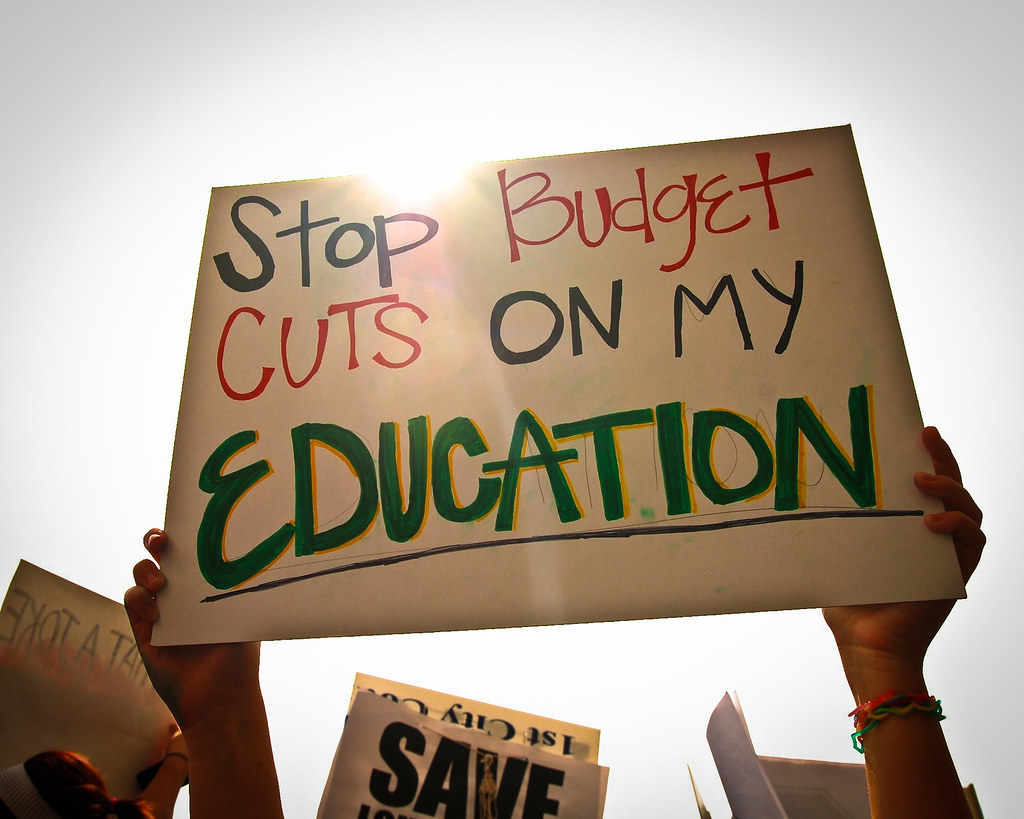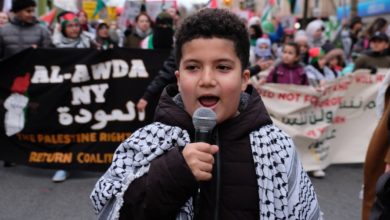
This article was originally given as a talk on the PSL’s May 7 webinar entitled “The Fight for Public Education in the New Era of Class Struggle.” Tune into the PSL’s weekly webinars Thursdays at 7 PM ET/4 PM PT. on www.facebook.com/pslweb
The two months since the stay-at-home order in response to the COVID-19 pandemic have been a constant battle between New York State Governor Andrew Cuomo and New York City Mayor Bill De Blasio about whether or not schools remain closed and who is responsible for the pending budget cuts.
Due to a lack of planning on all levels, businesses and schools kept their doors open for much longer than was healthy for its students and staff and, in essence, the entire city. As of May 7, some 72 school-based New York City Department of Education employees, 56 teachers and paraprofessionals, have died from COVID-19. Along with deaths, 15 children aged 2-15 have been hospitalized in New York City because they displayed symptoms of a post immune reaction to COVID-19.
State shifts burden of childcare and of homeless students to teachers
The lack of planning on the part of the government led not only to a health crisis but also placed a lot of strain on families and communities that rely on schools to meet necessities such as food, mental health and educational services, laundry, and childcare.
The burden was put on teachers to make sure over 1.1 million students were fed and had a place to go during the pandemic at the expense of our own health. As businesses began to shut down, with fewer people on the trains every day, teachers were told to go to work with no protective gear, and without cleaning supplies.
There are over 114,000 homeless children in the New York City public school system who rely on the schools for food and sometimes for laundry. There should have been a plan in place for these children and their families long before schools closed. In fact, these children should never have been homeless in the first place in a country as wealthy as this one. Childcare for essential workers should have been put in place long before the pandemic hit the United States because our workers need it and have always needed it.
With the school closings, countless students have lost access to services they need not just to do their best learning, but also to make it through day-to-day. Many students across the city receive counseling services at school. They receive speech therapy and occupational services. They receive assistive services and have providers there to make sure they can learn and grow.
There are students receiving tutoring services, or programs to help them prepare for college. Students with disabilities sometimes rely heavily on programs that teach them how to be independent that are only available to them through school.
None of this was taken into consideration leading up to the schools closing and because of it, thousands of students will literally be unable to learn because their needs don’t allow them to access the curriculum through Remote/Distance Learning.
Many of these resources were already scarce and hard to come by pre-pandemic. With schools closing and no government official capable of enacting a plan that would make sure our students and their communities can thrive, these resources are not just scarce but completely inaccessible, exacerbating the issues of inequity in NYC public schools.
Schools in poor communities hard hit by city and state cuts
Budget cuts to education will mainly impact schools in poor Black and Latino communities. These schools were already struggling to make ends meet even before the proposed budget cuts. Cuomo asserts that 20 percent will be cut from the education budget if the state does not receive federal aid. In addition to those cuts, Mayor De Blasio also proposed city budget cuts, to a total of $2 billion over the next four years!
A hundred million of those dollars would come out of the Fair Student Funding budget which helps to cover the amount of money each school can spend per student. In a city where 85% of students are of color and 73% are labeled economically disadvantaged, this is huge.
The Equity and Excellence for All programs, central to students’ graduation and improved college enrollment rates, will also be taking a major blow as $54 million dollars is taken away from those programs. Universal pre-K expansion has been cut, and the Student Youth Employment Program which provides jobs to 14-to-24-year-olds in NYC, completely overhauled.
Cuts, hiring freeze increase class size in already overcrowded schools
With budget cuts also comes a hiring freeze, leaving positions vacant when teachers and other employees such as social workers and guidance counselors retire. We have three teachers retiring from my school this year and are scrambling to find a way to fill those positions.
The budget cuts proposed by the city and state will only exacerbate the issues faced by the city’s 1.1 million students. NYC public school classrooms from first grade through 12th have approximately 32 students per class. Increasing class size, in overcrowded schools, is not an option if we want our students to do their best learning.
The inequities students and their families face are already noteworthy. Cutting the budget will push NYC public schools into an even deeper crisis–a crisis we may not be able to bounce back from.
Once again, the onus is being placed on teachers to teach through the storm without the support and resources we need. We were forced to work through our contracted spring break and are not being paid for it so that children would “stay inside.” We were forced to be ready within a week’s time to launch new remote learning platforms and resources for students. Right now, United Federation of Teachers chapter leaders are unable to file grievances to the union using the online platform, in essence, being unable to report any contract violations. This crisis has become an excuse to bypass union rights.
Remote learning deepens student inequities
Remote learning does not support student growth, it actually deepens inequities among students. Not everyone, including educators, has access to a computer, the internet, or even a space in which they can be productive. It creates further gaps in education where there were already gaps and sets students, especially students living in poverty, students with disabilities, and ESL students up for failure. On top of everything, Cuomo just announced a partnership with the Gates foundation to “reimagine education in this new normal,” also known as privatizing education.
In order to take care of our students we need to use the money we have to make mass COVID-19 testing accessible to all and to mobilize the masses to fight for our right to quality healthcare especially when we are in the middle of a global pandemic. Without mass testing and a public health mobilization we will not be able to return to school safely and the youth, especially the Black and Latino youth of this country, will suffer whether they are students with disabilities, or not.






